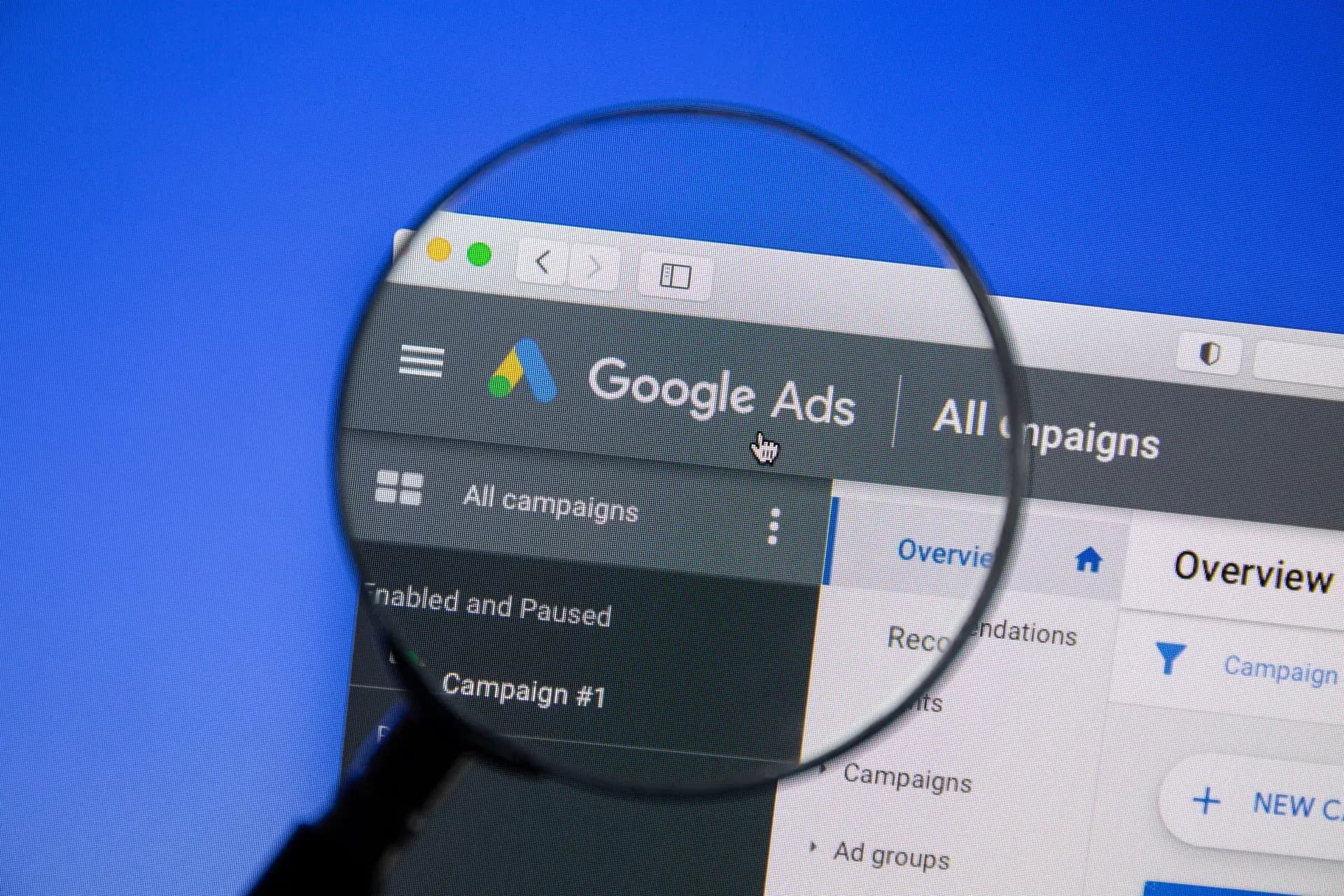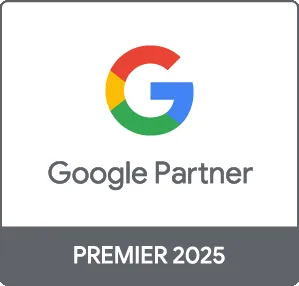Creating a successful Google AdWords campaign can significantly boost your business's visibility online. This guide will walk you through the essential steps to set up, manage, and optimize your AdWords campaigns for maximum performance and ROI. Whether you're a beginner or looking to refine your existing strategy, our tips will help you achieve your advertising goals.
Understanding Google AdWords
Google AdWords (now known as Google Ads) is an online advertising platform that allows businesses to display ads on Google's search engine results pages and its advertising network. The system operates on a pay-per-click (PPC) model, meaning you only pay when someone clicks on your ad. A well-structured Google Ads campaign can help increase traffic, generate leads, and drive sales.
1. Define Your Goals
The first step in creating an effective Google AdWords campaign is to clearly define your objectives. Ask yourself what you want to achieve:
- Generate leads: Focus on converting visitors into potential customers.
- Increase brand awareness: Aim to reach a wider audience.
- Drive more sales: Focus on getting your products or services in front of interested buyers.
2. Conduct Keyword Research
Keyword research is fundamental to any successful Google Ads campaign. Use tools like Google's Keyword Planner to find keywords that are relevant to your business. Look for:
- High search volume: Target keywords that many users are searching for.
- Low competition: Choose keywords that have a smaller number of advertisers competing for them.
3. Create Compelling Ad Copy
Your ad copy should be clear, concise, and engaging. Here are some tips:
- Highlight your unique selling points: What sets your product or service apart?
- Include a strong call-to-action (CTA): Encourage users to take action, such as “Shop Now” or “Get a Free Quote.”
- Use keyword-rich content: Incorporate your target keywords to improve relevance.
4. Set Your Budget and Bidding Strategy
Establish a budget that you’re comfortable with. Google Ads allows you to set daily budgets and adjust bids based on what’s working. Common bidding strategies include:
- Cost-per-click (CPC): Pay for each click on your ad.
- Cost-per-thousand impressions (CPM): Pay based on how many times your ad is shown.
- Target return on ad spend (ROAS): Optimize your bids for profitable campaigns.
5. Monitor and Optimize Your Campaign
Your work doesn't end once your campaign is live. Regular monitoring is crucial to its success. Track metrics like:
- Click-through rates (CTR)
- Conversion rates
- Cost per conversion
Use this data to optimize your campaigns continually. Test different ads, adjust your keyword strategy, and refine your targeting to improve performance.
Conclusion
Creating a successful Google AdWords campaign involves careful planning, execution, and ongoing optimization. By defining your goals, conducting thorough keyword research, writing compelling ad copy, setting an appropriate budget, and constantly monitoring your results, you can drive substantial traffic and achieve your advertising objectives. At Prebo Digital, we specialize in Google Ads management and can help you navigate the complexities of online advertising to maximize your ROI. Contact us today to learn more about our services!





